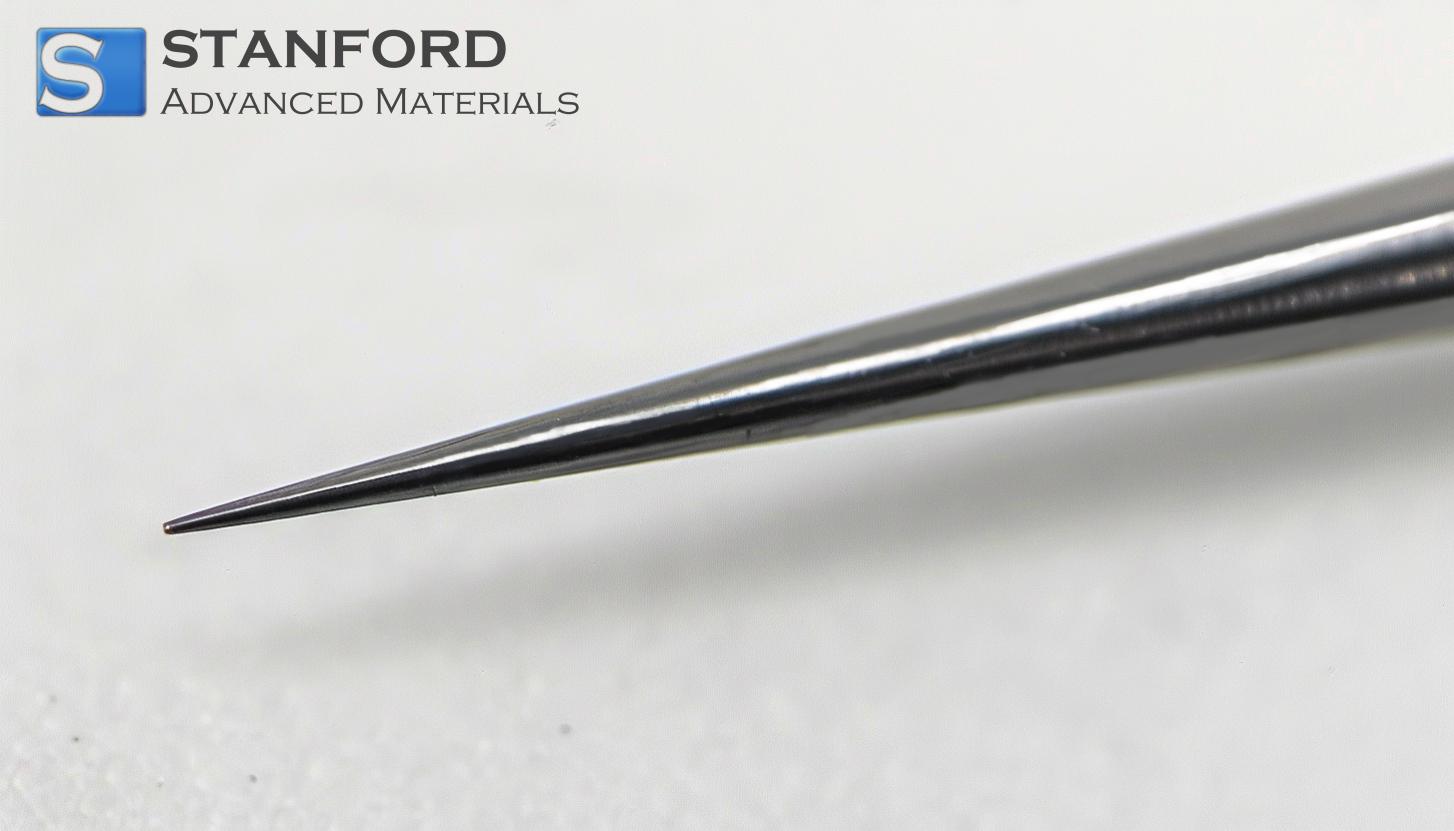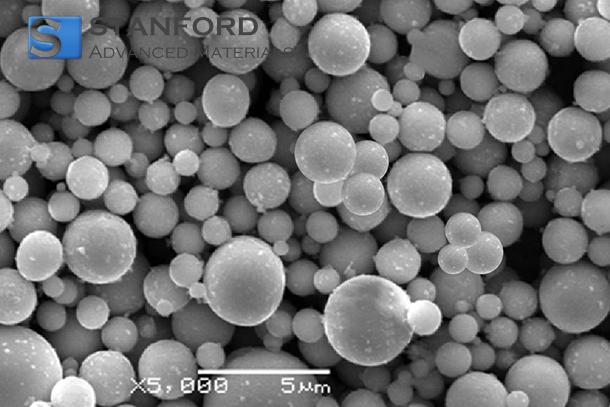Magnetic Properties And Applications
Magnetic Dipole
A magnetic dipole is defined as a pair of equal and opposite magnetic poles that are separated by a specific distance. It is the simplest magnetic structure and serves as the basic unit for understanding more complex magnetic systems.
Magnetic dipoles possess two distinct poles: a north pole and a south pole. The dipole moment, a vector quantity, specifies the strength and orientation of the dipole. When subjected to external magnetic fields, magnetic dipoles experience a torque which causes them to align with the field.
Magnetic Field
A magnetic field is a vector field that describes the magnetic influence on moving electric charges, electrical currents and magnetic materials. It is essential for the operation of many devices and influences the behaviour of various materials.
Sources of magnetic fields include:
- Permanent magnets: They produce a constant magnetic field.
- Electric currents: They generate magnetic fields in the vicinity of conductors.
- Varying electrical fields: They induce magnetic fields as described by Maxwell’s equations.
Magnetic Moments
Magnetic moments arise from the movement of electric charges as well as the intrinsic spin of elementary particles. They determine the torque that a material experiences in a magnetic field and its capacity to be magnetised.
There are three types of magnetic moments: the orbital magnetic moment, which originates from electrons orbiting the nucleus; the spin magnetic moment, which is intrinsic to particles such as electrons; and the total magnetic moment, which comprises both orbital and spin contributions.
Magnetic Strength
Magnetic strength refers to the intensity of a magnetic field and its ability to influence materials and electric charges. It is quantified through parameters such as magnetic flux density and magnetic field strength.
The magnetic strength is influenced by several factors: the material properties, such as permeability and susceptibility; the distance from the source, given that the field strength decreases with distance; and the configuration of the magnetic sources, including the alignment and arrangement of the dipoles.
Comparison of Magnetic Properties
|
Property |
Description |
Unit |
|
Magnetic Dipole |
Basic magnetic unit with a north and south pole |
A-m² (Ampere–square metre) |
|
Magnetic Field |
A vector field representing the magnetic influence |
Tesla (T) |
|
Magnetic Moment |
Measure of the strength and orientation of a magnet |
A-m² |
|
Magnetic Strength |
Intensity of the magnetic field |
Ampere per metre (A/m) |
Types of Permanent Magnets
Stanford Advanced Materials (SAM) supplies a range of powerful magnets. These permanent magnets maintain a steady magnetic field without an external power source. They are manufactured from materials with high magnetic permeability and include:
- Neodymium (NdFeB): The most powerful permanent magnet, commonly employed in motors, hard drives and speakers.
- Samarium–Cobalt (SmCo): Exhibits high temperature stability; used in aerospace and military applications.
- Alnico: Composed of aluminium, nickel and cobalt, it is utilised in sensors, electric motors and guitar pickups.
- Ferrite (Ceramic): Economical and corrosion‐resistant, it is used in speakers and small motors.
- Rare Earths: Encompasses Neodymium and Samarium–Cobalt, which demonstrate high magnetic strength.
Frequently Asked Questions
What is a magnetic dipole?
A magnetic dipole consists of two equal and opposite magnetic poles that are separated by a distance, representing the simplest form of a magnet.
How is a magnetic field generated?
Magnetic fields are generated by moving electric charges, such as those in electric currents, or by varying electrical fields.
How is the magnetic moment of a material determined?
The magnetic moment is determined by the motion of electrons, including their orbital and spin contributions, within the material.
How does the magnetic strength vary with distance?
Magnetic strength generally decreases with the square of the distance from the source, in accordance with the inverse square law.
Why are magnetic properties important in technology?
Magnetic properties are critical for the operation of devices such as motors, generators, MRI systems and data storage systems.

 Bars
Bars
 Beads & Spheres
Beads & Spheres
 Bolts & Nuts
Bolts & Nuts
 Crucibles
Crucibles
 Discs
Discs
 Fibers & Fabrics
Fibers & Fabrics
 Films
Films
 Flake
Flake
 Foams
Foams
 Foil
Foil
 Granules
Granules
 Honeycombs
Honeycombs
 Ink
Ink
 Laminate
Laminate
 Lumps
Lumps
 Meshes
Meshes
 Metallised Film
Metallised Film
 Plate
Plate
 Powders
Powders
 Rod
Rod
 Sheets
Sheets
 Single Crystals
Single Crystals
 Sputtering Target
Sputtering Target
 Tubes
Tubes
 Washer
Washer
 Wires
Wires
 Converters & Calculators
Converters & Calculators
 Write for Us
Write for Us





 Chin Trento
Chin Trento



